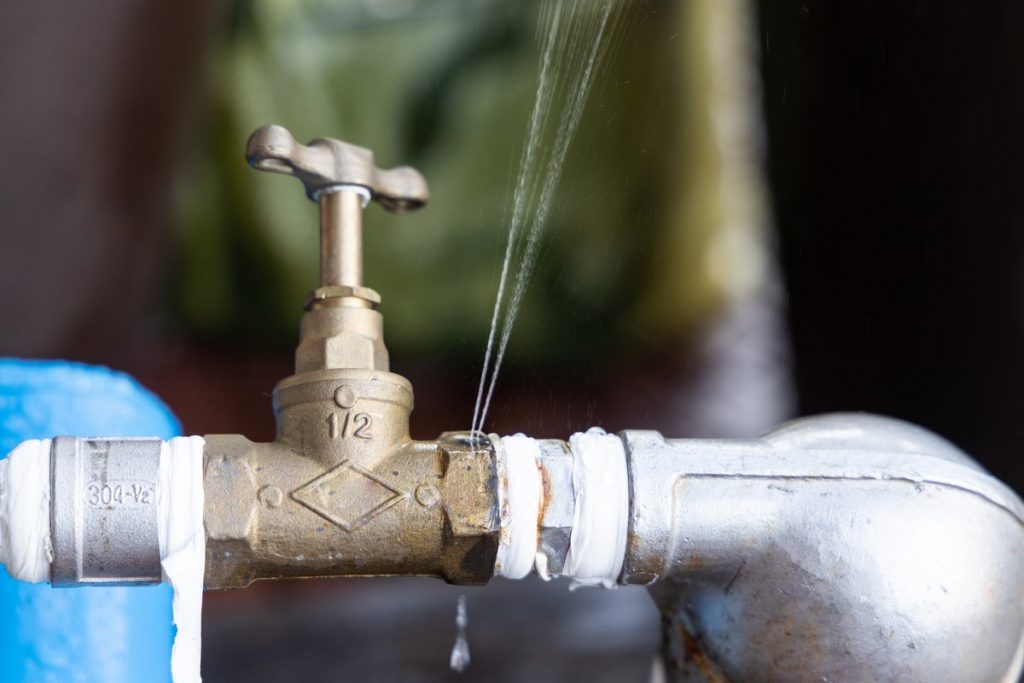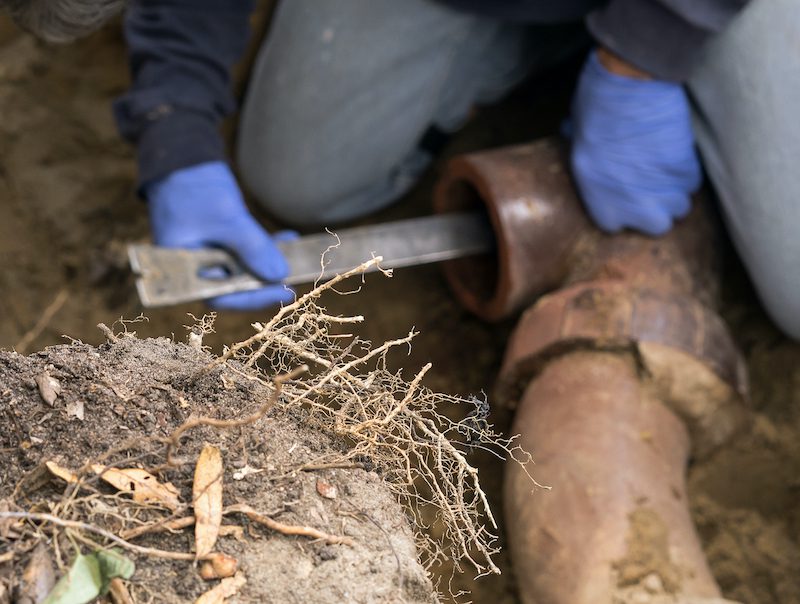Dealing with Plumbing Issues in Older Homes: Expert Advice
Dealing with Plumbing Issues in Older Homes: Expert Advice
Blog Article
Were you in search of ideas around Common Plumbing Challenges In Old Buildings?

Older homes often feature charm, personality, and history, yet they can also bring a host of pipes issues. Whether you're dealing with maturing pipelines, low water pressure, or leaks, knowing how to address these common problems is essential to maintaining a secure and practical home. In this guide, we'll check out the typical pipes obstacles faced by older homes and give useful solutions to maintain your plumbing in leading shape.
Recognizing Common Pipes Issues
Aging Pipelines
Among the most usual problems in older homes is maturing pipes. Relying on the era in which your home was developed, the pipelines may be made from materials that have degraded gradually, such as galvanized steel, cast iron, or even lead. These products can rust, come to be brittle, or develop leaks, causing water damages and prospective health hazards.
Water High Quality Testing
Older pipelines can impact the quality of your water. Conduct a water quality examination to look for pollutants such as lead, rust, or other impurities that may be presented by aging pipelines.
Solutions for Usual Pipes Issues
Changing Aging Pipes
If your home has old, weakening pipelines, take into consideration replacing them with contemporary products like copper or PEX. This can be a substantial investment, however it will certainly stop future concerns and boost the safety and security and reliability of your plumbing system.
Repairing Low Water Stress
To deal with low tide stress, beginning by cleansing or changing old components and eliminating mineral build-up in the pipelines. If the issue continues, it might be needed to replace sections of corroded pipelines.
Fixing and Changing Dripping Pipelines
For little leaks, you can use pipeline clamps or epoxy putty as a temporary fix. Nonetheless, it's ideal to change leaking pipes totally to stay clear of more damages.
Upgrading Fixtures
Upgrading old components to contemporary, water-efficient designs can improve your home's plumbing efficiency and minimize water usage. Try to find components with the WaterSense tag for the best efficiency.
Dealing with Pipeline Deterioration
If your pipes are worn away, changing them with corrosion-resistant materials like copper, PVC, or PEX is the best solution. Normal assessments and water high quality maintenance can aid stop even more corrosion.
Low Tide Pressure
If you're experiencing low water stress, maybe as a result of natural resources, corrosion inside the pipelines, or old components that are no longer functioning successfully. This can be a major aggravation, particularly in areas like showers and sinks.
Dripping Pipes
Leakages are one more constant problem in older homes, frequently brought on by corroded or damaged pipelines. Even tiny leakages can result in significant water damages, mold development, and increased water costs otherwise attended to quickly.
Obsolete Fixtures
Out-of-date plumbing components such as faucets, bathrooms, and showerheads not just look old however might likewise be much less effective, vulnerable to leaks, or incompatible with contemporary plumbing requirements.
Pipe Rust
Rust is a typical problem in older pipes, specifically those made from galvanized steel or cast iron. Rusty pipelines can limit water circulation, trigger discoloration, and at some point cause leaks or pipe bursts.
Assessing the Problem of Your Pipes
Inspecting Noticeable Pipes
Beginning by examining any noticeable pipelines in your home, such as those in cellars, crawl spaces, or under sinks. Search for indications of corrosion, leaks, or rust, which can indicate underlying concerns.
Looking for Leakages
Look for leaks by evaluating areas around taps, commodes, and under sinks. You can also monitor your water meter prior to and after a period of no water make use of to identify hidden leaks.
When to Call an Expert
While some pipes problems can be handled with DIY remedies, there are times when it's finest to employ an expert. If you're taking care of major leakages, substantial rust, or are unsure about the condition of your pipelines, a certified plumber can supply professional evaluation and repair work.
Preventive Maintenance Tips
Regular Inspections
Frequently evaluate your pipes system for signs of wear and tear. Catching issues early can avoid expensive repair services down the line.
Water Stress Law
Guarantee your water stress is within the advised array to stay clear of emphasizing your pipes and fixtures. A plumbing technician can set up a stress regulator if needed.
Water Quality Maintenance
Mount water filters or conditioners if your water top quality is poor. This can shield your pipelines and components from damage triggered by hard water or contaminants.
Proactive Pipeline Substitute
If your home has older pipes, consider proactive substitute prior to major issues arise. This can conserve you from emergency situation repair services and water damage.
Conclusion
Dealing with pipes problems in older homes needs a combination of watchfulness, preventive upkeep, and prompt upgrades. By understanding the common challenges and recognizing when to look for expert help, you can guarantee your plumbing system stays functional and reliable for several years to find.
Common Plumbing Issues in Older Homes
Pipe corrosion
Pipe corrosion is a common plumbing issue in older homes. Several factors can cause pipes to corrode:
Water: Ironically, water is the number one cause of pipe corrosion. When water seeps into cracks in pipes, it can cause the metal to rust and break down, leading to leaks or even burst pipes.
Oxygen: Oxygen is another significant culprit in pipe corrosion. When oxygen interacts with water, it can cause the metal to oxidize and weaken.
Chemicals: Chemicals such as chlorine and fluoride can also contribute to pipe corrosion. These chemicals can react with the metal in pipes, causing them to break down over time.
Leaky pipes
Pipes that leak is one of the most common plumbing issues plaguing residents of older houses. While a small leak may not be a problem initially, it can lead to significant problems if left unaddressed. In addition, water damage can be very costly to repair and may cause damage to electric fixtures, promote mold growth and cause many other issues.
Worn-out fixtures
Older homes often have worn-out fixtures which may need replacement. Over time, the finishes on fixtures can wear down, exposing the underlying metal to corrosion. This can cause fixtures to leak or even break completely. It s best to have a professional plumbing contractor regularly inspect the fixtures in older homes and replaces them if necessary.
Faulty water heaters
A leaky water heater can cause severe damage to the home as it can be both a flood and fire hazard. Call a plumber immediately if it appears that the water heater might be leaking.
If the heater isn t working correctly, it could be because the pilot has gone out. The pilot light going out may indicate gas supply issues or leaks. It is also worth checking the thermostat to see if it needs to be adjusted.
If the water heater is making strange noises, it could be due to sediment buildup in the tank. Sediment can interfere with the heating elements and cause them to overheat. Overheating can damage the tank and shorten the lifespan of the water heater.
https://www.norfleetfamilyplumbing.com/blog/common-plumbing-issues-in-older-homes

I'm certainly very enthusiastic about Main Plumbing Issues Found in Old Houses and I really hope you liked our entry. Please take the opportunity to promote this write-up if you liked it. Thanks a lot for going through it.
Browse Our Site Report this page